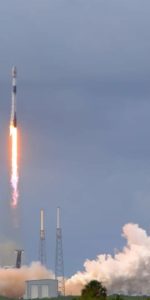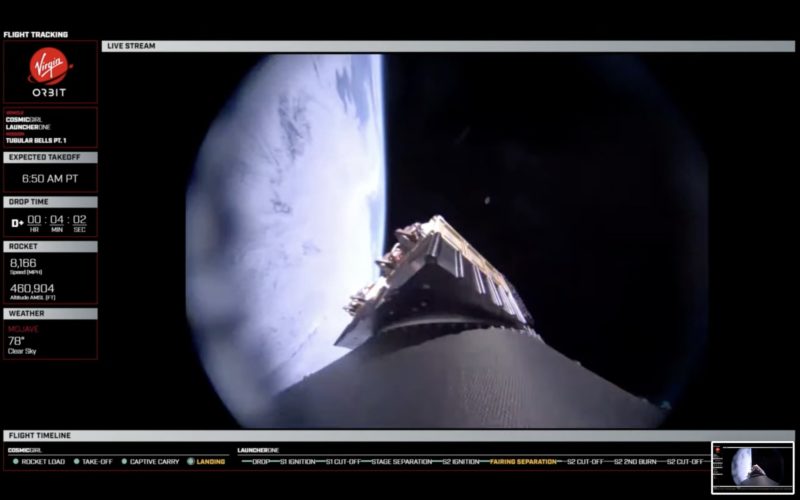
For the second time in under six months, Virgin Orbit’s LauncherOne air-launched booster has completed a flawless flight to space, delivering seven small payloads into low-Earth orbit for the Department of Defense, the Royal Netherlands Air Force (RNLAF) and the Wroclaw, Poland-based NewSpace firm SatRevolution.
Borne aloft from the Mojave Air and Space Port in California, nestled beneath the wing of a modified Boeing 747-400—nicknamed “Cosmic Girl”—the two-stage LauncherOne provided the requisite push to lift the payloads into a circular orbit about 310 miles (500 km) above Earth, inclined 60 degrees to the equator. And for Virgin Group founder Sir Richard Branson, releasing LauncherOne precisely on time at 7:47 a.m. PDT Wednesday was almost as exciting as the mission itself.
Designated “Tubular Bells: Part One”, Wednesday’s LauncherOne mission honors the self-titled debut album of multi-instrumentalist Mike Oldfield, the first-ever release under Sir Richard Branson’s Virgin Records label in 1973. And whilst its spacegoing Tubular Bells namesake has not been around for anywhere near so long, its hardware has been deep into processing for some time. Interestingly, however, the formal contracts to launch three of its payloads were not even signed until earlier this year, following hard on the heels of LauncherOne’s first fully successful mission in January.
Only a week after the triumphant Demo-2 flight, Virgin Orbit contracted with the RNLAF to deliver the first Dutch military satellite—a tiny CubeSat named BRIK-II—into orbit for navigation, communications and Earth observations, with original hopes that the mission might fly as early as mid-March.
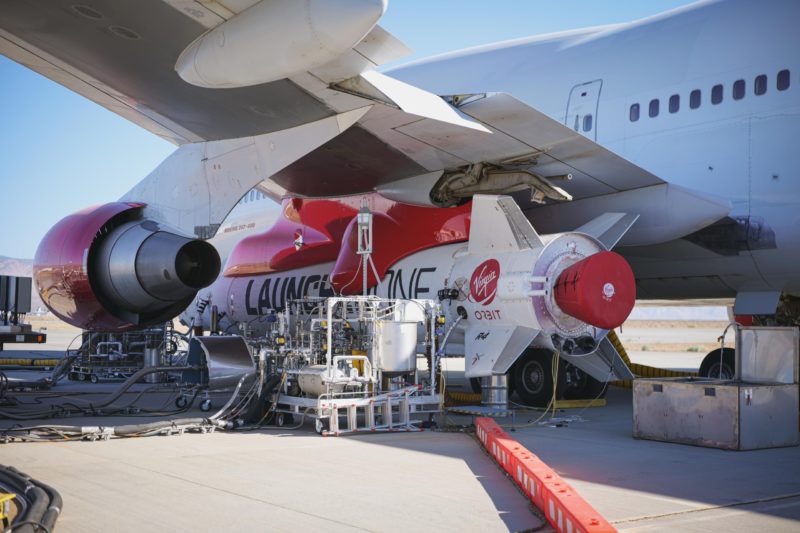
Built and integrated by the Delft-headquartered aerospace firm Innovative Solutions in Space (ISISpace), BRIK-II’s sensors have been provided through a collaborative partnership between the University of Oslo in Norway and the RNLAF’s 982 technology and mission support squadron.
Technologies aboard BRIK-II are believed to include a military radio frequency receiver, an Ultra-High-Frequency (UHF) communications system and a Langmuir probe to measure electron densities in the atmosphere.

Design and fabrication of BRIK-II—which takes the form of a “6U” CubeSat, with approximate dimensions of 60 x 10 x 10 cm (23.6 x 3.9 x 3.9 inches)—got underway back in November 2017, with an expectation that it would “provide a meaningful contribution to military operations”. The name “brik” comes from the Van Meel Brikken biplane, first flown more than a century ago, which was the first Dutch military aircraft.
“Being able to launch our very first satellite is a major milestone for the RNLAF and the Dutch joint force as a whole,” said Lt. Gen. Dennis Luyt, RNLAF commander, speaking in January.
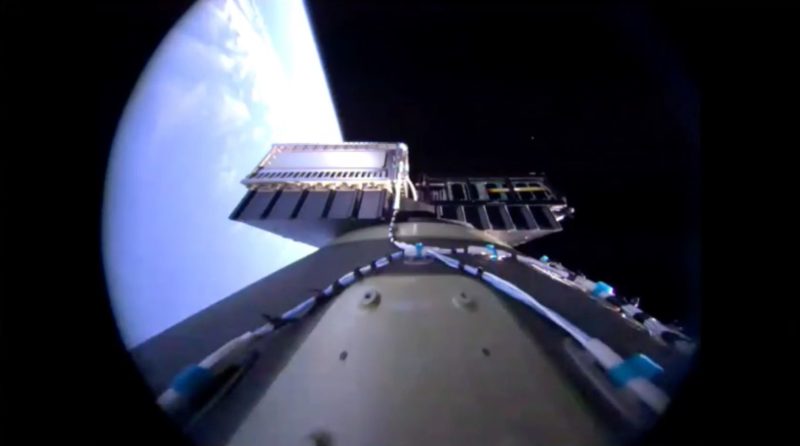
The historic sentiment was echoed by Virgin Orbit CEO Dan Hart. “We’re looking forward to seeing the Netherlands and the U.S. find mutual benefit from leveraging our uniquely flexible and mobile launch system,” added Mr. Hart after January’s contract award. “I can already foresee the day when we will take off from a runway on Dutch soil and deliver RNLAF satellites to space directly.”
Two weeks after the BRIK-II contract was inked, Poland’s SatRevoltion concluded a separate deal to fly a pair of small satellites, known as STORK-4 and STORK-5 (MARTA). These will form the initial members of an eventual 14-satellite-strong constellation, which, when fully operational, will gather multispectral medium-resolution imagery and data for customers spanning the energy and agricultural sectors of Poland, the United States and elsewhere.
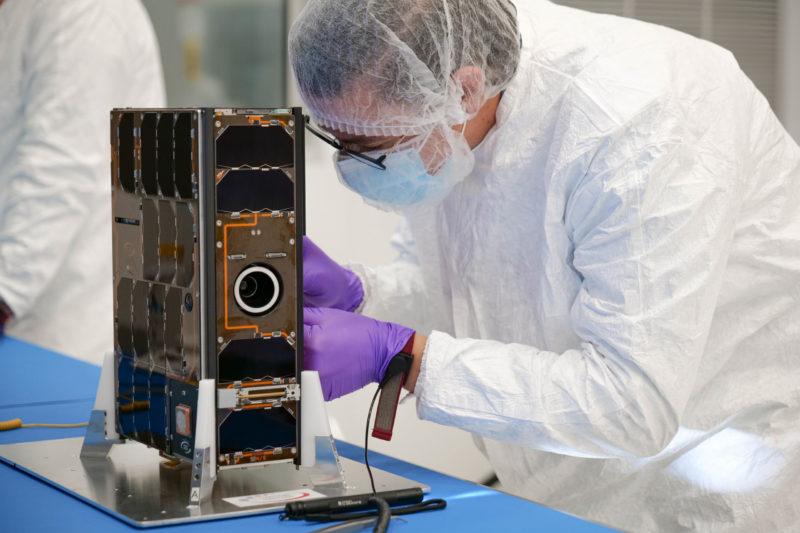
Both satellites include SatRevolution’s Vision-300 imaging system, which can furnish a ground resolution as fine as 16.4 feet (5 meters) and a daily coverage of 23,700 square miles (61,400 square kilometers).
Unveiled by SatRevolution last July, the STORK concept progressed rapidly from its design phase to the launch site. After external designs and readiness reviews were completed last summer and fall, payload engineering and flight models were undergoing testing by November-December. In the weeks after the February contract award, the STORK twins underwent payload integration and testing, ahead of shipment to Mojave Air and Space Port for launch in April.
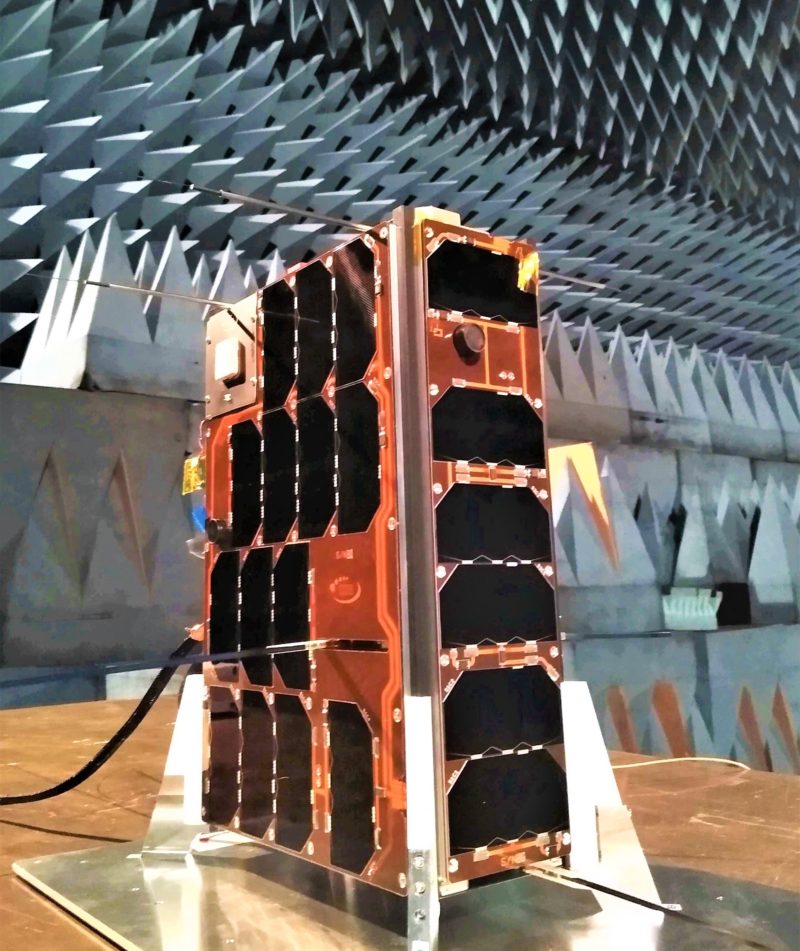
As such, the STORK dual-satellite mission represents “a reduced-timeline integration” process, part of efforts to demonstrate “a responsive launch service” and trial the oft-touted rapid call-up capabilities for the LauncherOne system.
Virgin Orbit’s strengthening relations with SatRevolution were reinforced yesterday—on the very eve of the launch of the STORK twins—when a new Memorandum of Understanding (MoU) was signed to support “multiple additional missions to space each year through 2026”.
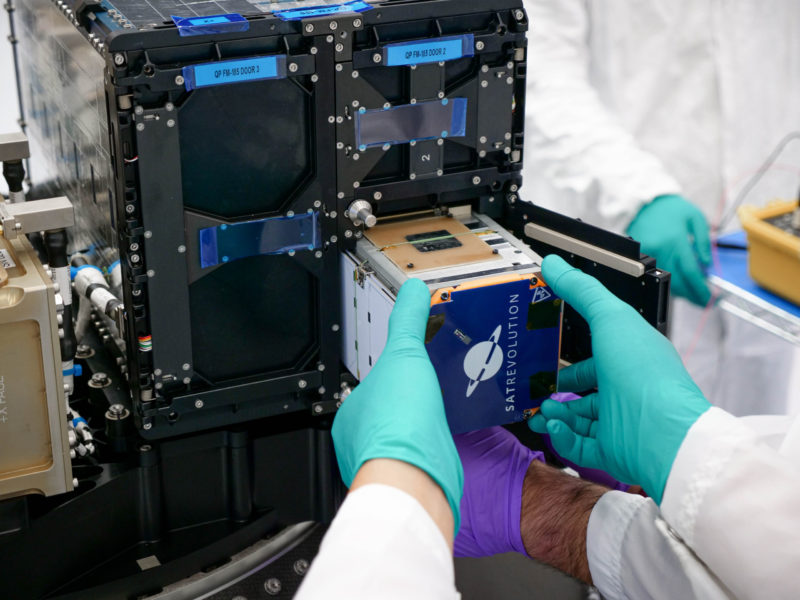
This is expected to include the development and population of the STORK constellation “and other potential constellations for Internet of Things (IoT) and Synethetic Aperture Radar (SAR) applications”.
In addition to BRIK-II and the STORK twins, four U.S. technology demonstration payloads also headed to orbit on behalf of the Space Test Program (STP) and the Defense Innovation Unit (DIU), part of the Rapid Agile Launch Initiative (RALI).
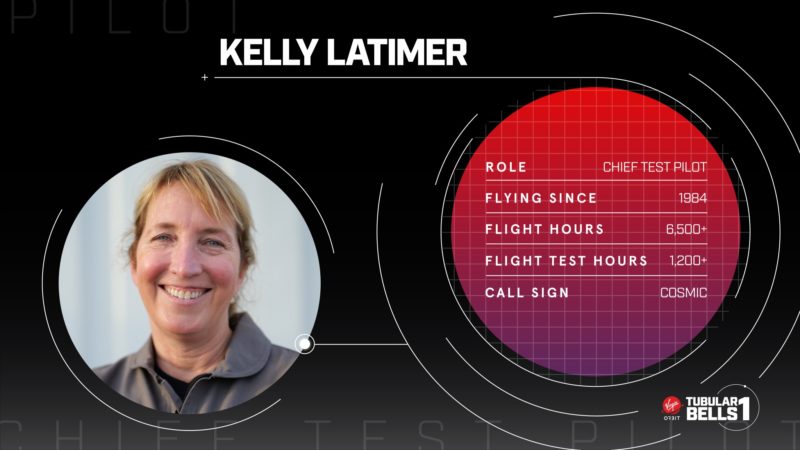
Planning for “a prototype flight” aboard LauncherOne began in November 2017, with early hopes that the mission now known as STP-27VPA may fly as soon as January 2019. Unfortunately, those plans were based upon a projected maiden voyage of LauncherOne in mid-2018, which did not come to pass.
The air-launched booster finally flew in May 2020, but despite being safely deployed from underneath Cosmic Girl’s port wing, the NewtonThree first-stage engine spluttered and extinguished itself prematurely, causing LauncherOne to plunge ignominiously into the waters of the Pacific Ocean.
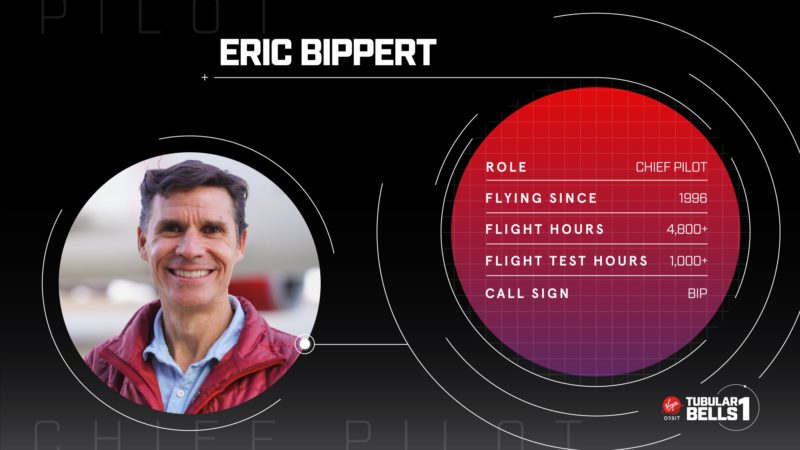
The cause was traced to a breached high-pressure liquid oxygen line, which stymied the flow of oxidizer to the engine. But a second demonstration mission last 17 January proved a huge success, with LauncherOne delivering ten CubeSats for NASA and eight U.S. academic institutions into a 310-mile-high (500 km) orbit.
Since January’s flight, efforts entered high gear for today’s mission, despite the worldwide march against the COVID-19 pandemic. The 70-foot-long (21-meter) LauncherOne booster was fully integrated and ready for shipment to the Mojave site in early May and by the beginning of last month had been mated to Cosmic Girl’s port wing.
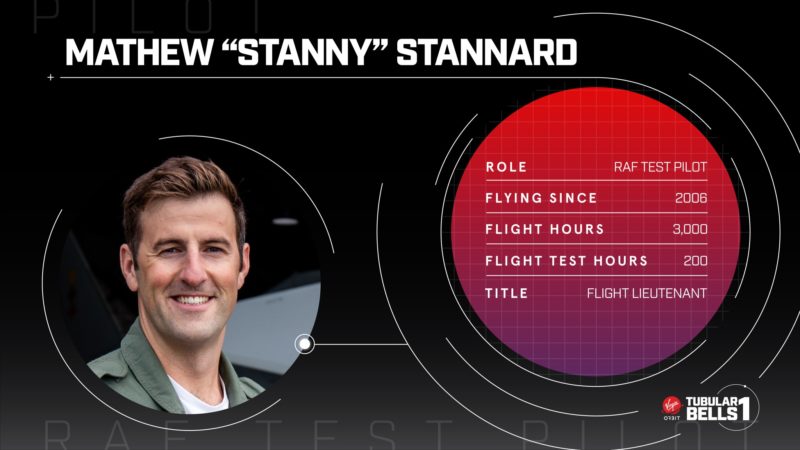
This set the stage for an extensive phase of tests, which culminated in loading liquid oxygen aboard LauncherOne, pressurizing its cryogenic systems for flight and completing a full “wet” dress rehearsal for the mission. Initially targeted for late June or the opening few days of July, Virgin Orbit last week formally settled on a two-hour “launch window” on Wednesday, extending from 6-8 a.m. PDT.
Wednesday dawned hazy at the Mojave Air and Space Port, with temperatures hovering around 22 degrees Celsius (73 degrees Fahrenheit). Shortly after 6 a.m. PDT, fueling of LauncherOne two stages with liquid oxygen and a highly refined form of rocket-grade kerosene (known as “RP-1”) was complete.
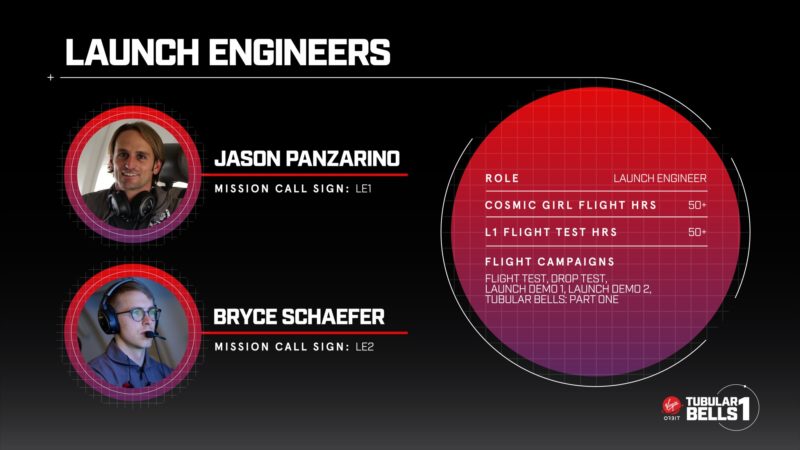
Led by veteran Virgin Orbit pilots Kelly Latimer and Eric “Bip” Bippert, Cosmic Girl’s crew also included Matthew “Stanny” Stannard in the jumpseat and launch engineers Jason Panzarino and Bryce Schaefer.
Cosmic Girl took off into the crisp desert morning air at 6:53 a.m. PDT, heading an hour westwards out over the Pacific Ocean, bound for her prime LauncherOne “drop zone”, some 50 miles (80 km) south of the Channel Islands in the Southern California Bight.
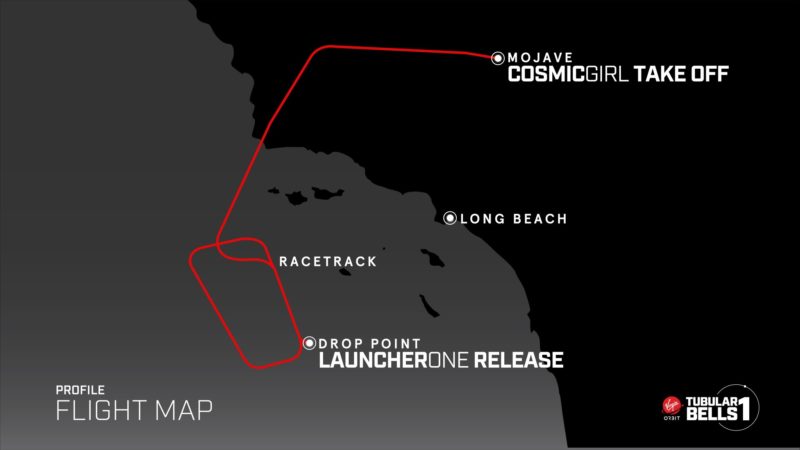
Upon arrival at the drop zone, Latimer and her crew put the aircraft into a looping pattern—known as the “racetrack”—to await the completion of “Go/No-Go” polling to release the booster. A little past 7:30 a.m. PDT, the Terminal Countdown Autosequencer was initiated, at which point LauncherOne’s computerized brain assumed command of the system before release and engine ignition.
Booster and Cosmic Girl parted company at 7:47 a.m. PDT, as the 67,000-pound (30,000 kg) LauncherOne fell freely for a couple of seconds, ahead of the ignition of her NewtonThree first-stage engine, which burned smoothly for three minutes, ahead of the separation. This was followed by the ignition of the second stage’s NewtonFour engine for the first of two burns to get the payloads to their required orbit. “Nice to see you again, space,” tweeted Virgin Orbit.





